
Calligraphy is more than just a way of writing characters. This art form expresses deep cultural significance and beauty through its elegant lines and powerful brushwork. In Japan, calligraphy has been revered not just as a technique for beautifully writing characters, but as a medium for expressing spirituality and philosophy.
There are various reasons why you might be interested in calligraphy. It could be the fascination with its historical background, or the meditative act of moving the brush in silence that appeals to your heart. Through this article, we explore the profound beauty of calligraphy and its cultural value to us today, introducing its allure.
The History of Calligraphy
The history of calligraphy, originating in China and later spreading to Japan, has undergone unique development. This art form began in ancient China, flourishing with the emergence of Chinese characters. Over time, calligraphy transformed from mere character recording to deep artistic expression.
In Japan, calligraphy was introduced as official documentation during the Nara period and developed into elegant cursive script in the literature of the Heian period. Especially, the brushwork depicted in the “Tale of Genji” from the Heian period is considered a quintessence of Japanese calligraphy’s beauty. During the Muromachi period, powerful writings by Zen monks became popular, establishing a unique style of Japanese calligraphy.
Notable calligraphers include Wang Xizhi and Yan Zhenqing from China, and Kukai and Fujiwara no Sari from Japan. Their works are appreciated not only for calligraphic skills but also as a means of expressing the writer’s spirituality and emotions.
Historical calligraphic works such as Wang Xizhi’s “Lanting Xu,” Yan Zhenqing’s “Sacrificial Ode to Niece,” and Kukai’s “Sankyo Shigi” demonstrate that calligraphy transcends mere characters to become an art form.
Calligraphy, originating from China and evolving uniquely in Japan, is an art deeply rooted in East Asian culture. Through its history, we see how deeply calligraphy is embedded in East Asian culture. Even today, these classical works continue to influence many calligraphers, reaffirming the historical value and artistic nature of calligraphy.
The Cultural Significance of Calligraphy
Calligraphy plays a role beyond mere character recording in Japanese culture. This art form, blending aesthetic sensibility with spirituality, has been central in shaping the Japanese heart and spirit. Calligraphy serves as a means of self-expression and a path for self-cultivation. Through the brush and ink, the writer expresses inner emotions and thoughts, achieving mental stability and deep insight.
The aesthetics of calligraphy lie not just in the shape of the characters but also in the movement of the brush, the gradation of ink, and the use of space. Each stroke reflects the writer’s breath and state of mind, giving each work a unique personality. The balance of delicacy and strength in calligraphy has significantly influenced Japanese art and design.
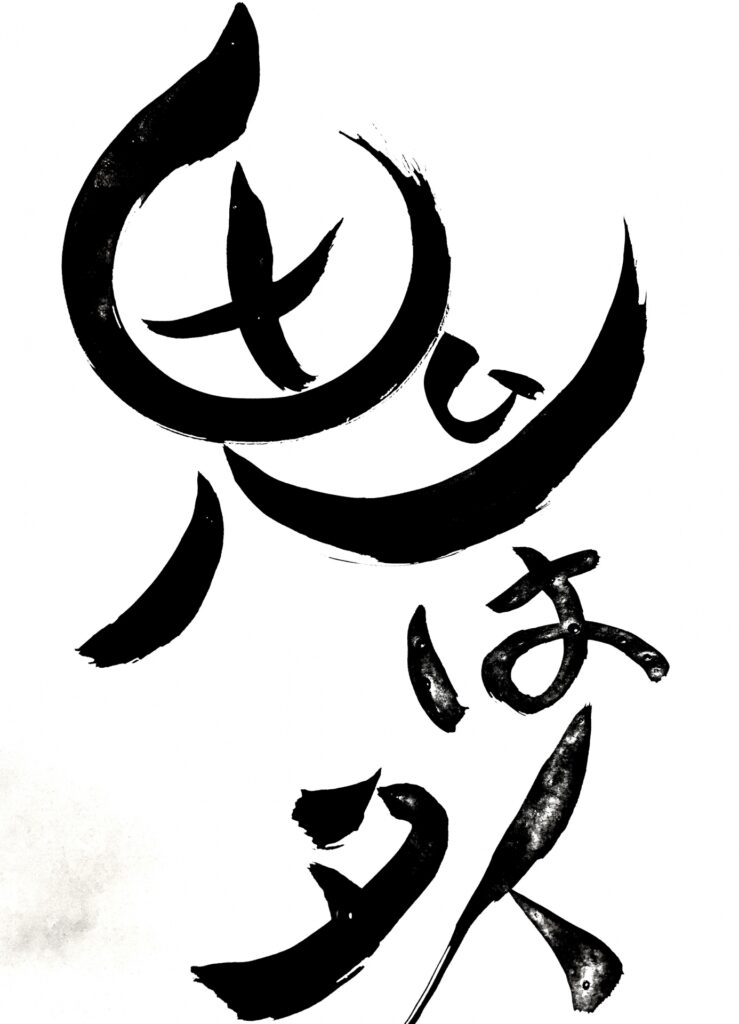
Moreover, calligraphy is highly regarded internationally. Calligraphy classes and exhibitions are held worldwide, spreading the charm of this art form beyond Japan. Calligraphy serves as a means of deepening understanding of Japanese culture and a bridge for intercultural exchange.
In contemporary culture, calligraphy still holds a significant place. Even in the digital age, handwritten characters hold special value, making calligraphy a precious means of expressing one’s inner self. Amidst technological advancement, calligraphy reminds us of the importance of humanity and tradition. Thus, calligraphy continues to play a core role in Japanese culture, recognized worldwide for its value.
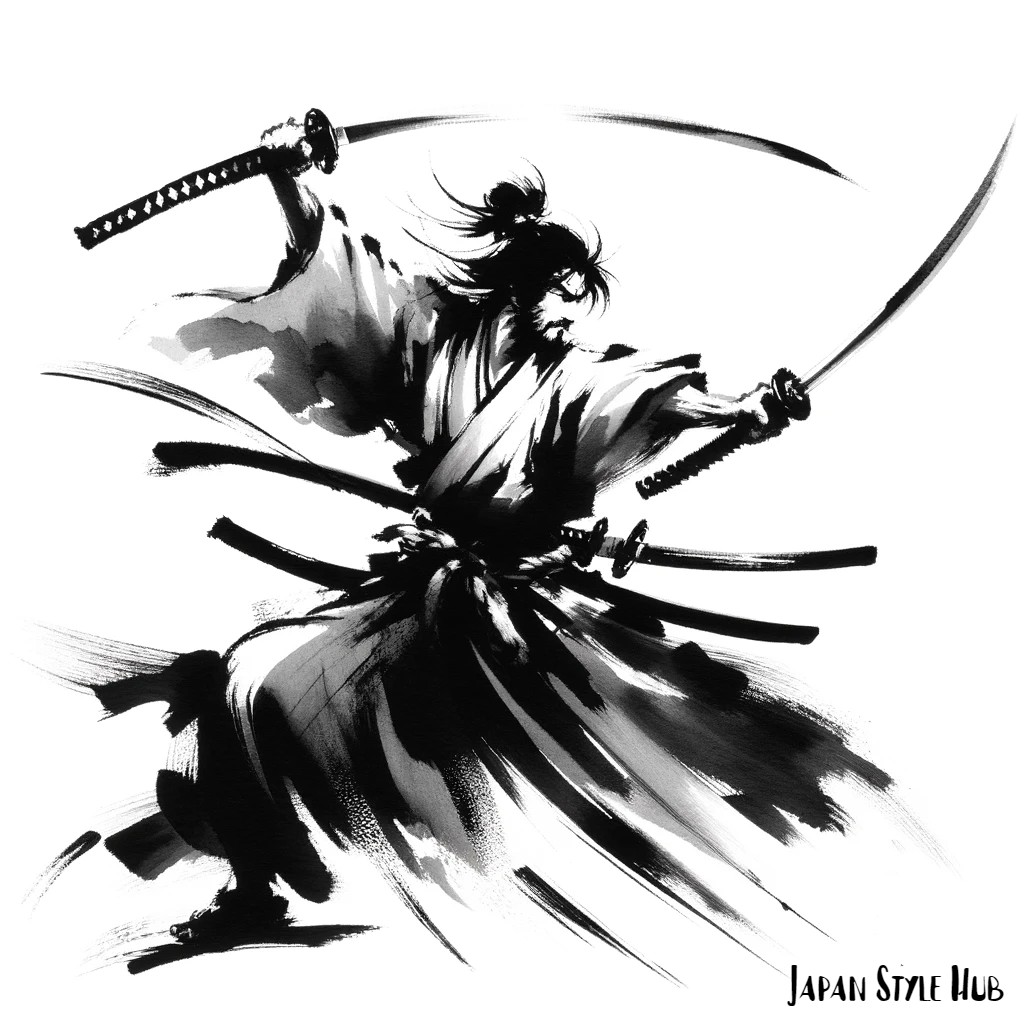
The Techniques and Charm of Calligraphy
The techniques of calligraphy, simple in appearance, contain deep beauty and meditative charm. Basic brush techniques involve controlling brush pressure, angle, and ink gradation. Beginners first learn basic line drawing and character structure, gradually progressing to more complex characters and styles.
Calligraphy practice is known for its relaxing effects. The act of writing characters with a brush on paper enhances concentration and calms the mind. Focusing on each stroke allows one to detach from daily stress and immerse in the moment. This meditative aspect is one of calligraphy’s key attractions for many.
Additionally, calligraphy is a highly attractive form of unique expression. The same character can result in entirely different works depending on the writer’s personality and emotions at the time. The strength and speed of brushstrokes and the flow of ink reflect the writer’s psychological state, creating unique artistic pieces. Thus, calligraphy serves as a medium for expressing personal emotions and thoughts through characters.
The techniques of calligraphy offer more than just a way of writing. They are tools for self-expression, means for exploring the inner self, and bring relaxation and aesthetic joy to daily life. This ancient art continues to influence and inspire creativity in people today.
Introduction to Calligraphy Supplies Available Online
When starting calligraphy, essential supplies are indispensable. Fortunately, these supplies can be easily purchased online. Here, we introduce the necessary supplies, how to choose them, and recommended online products.
Brush Pens
We recommend that beginning calligraphers try a brush pen first. Unlike traditional brushes and inkstones, brush pens require no preparation or cleanup and allow you to begin writing immediately. Ink flow is consistent, eliminating the need to adjust ink volume. This allows you to focus on honing your calligraphy skills and enjoy calligraphy anywhere. Fine brush pens are for handwritten messages, while thicker brush pens are for calligraphic drawings and dynamic messages. Pentel and Kuretake are well-known manufacturers.

【AD】calligraphy pen
Introductory Calligraphy Set
Once you feel the real pleasure of calligraphy with a brush pen, we recommend that you purchase a calligraphy set for beginners. Polishing ink with an inkstone is a special spiritual experience in calligraphy. Once you get used to it, you can purchase additional brushes, half-sheets of paper, and other items you are interested in to create a set of your own liking, thus expanding your enjoyment of calligraphy at a reasonable price.

Many calligraphy sets do not include hanshi (Japanese writing paper), so it is recommended to purchase them together

【AD】Japanese writing paper used for calligraphy
Brushes
Calligraphy brushes vary in softness, elasticity, and the type of bristles. For beginners, a medium-hardness brush is recommended, making it easier to accommodate various brush pressures and character sizes. Online, brands like “Yamato” are well-regarded for their high quality.
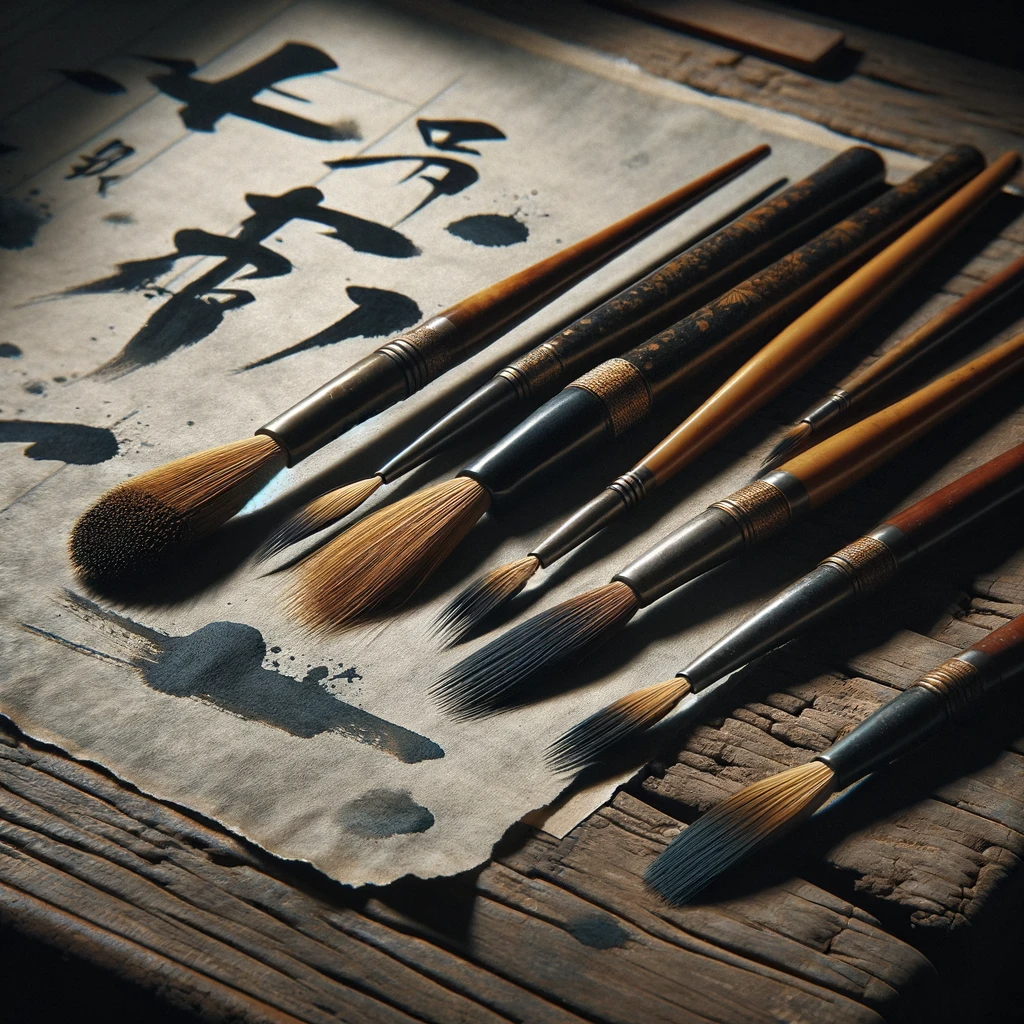
Ink
There are solid and liquid inks. Liquid ink is more user-friendly for beginners, but grinding traditional solid ink is also part of the calligraphy experience. Online stores often favor “Kuretake” ink.
Inkstone
The inkstone is used to grind the ink. There are various sizes and materials, but standard-size inkstones are best for beginners. Online, traditional designs from “Akashiya” are recommended.
Paper
Calligraphy paper requires a balance between absorbency and smoothness. For beginners, slightly thicker, less slippery paper is suitable. For practice, affordable and user-friendly “Kuretake” calligraphy paper is recommended, while hand-made Japanese washi paper is suggested for final works.
Other Supplies
Accessories like paperweights and underlays are also useful for calligraphy practice. These can be found in various styles online.
When purchasing online, it’s important to check product reviews and ratings. Many online shops offer beginner sets, which are ideal for starting calligraphy. The quality of calligraphy supplies can significantly impact the learning of techniques, so careful selection is crucial.
Resources for Learning Calligraphy
The resources for learning calligraphy are diverse. Utilizing these resources, beginners to advanced learners can polish their skills and gain a deep understanding of calligraphy.
Online Materials and Books
There are numerous online materials for learning everything from basic to advanced calligraphy techniques. These are very helpful for practicing at home. Amazon and other bookstores also offer a wide range of calligraphy books. Recommended titles include “The Art of Japanese Calligraphy” and “Shodo: The Quiet Art of Japanese Zen Calligraphy.”
【AD】Amazon.com : “The Art of Japanese Calligraphy”
Calligraphy Classes and Workshops in the USA
Across the USA, there are classes and workshops where you can learn calligraphy. These classes provide direct instruction from teachers, greatly enhancing skill development. Major cities like New York and Los Angeles have many such classes, but hidden gems can also be found in smaller towns.
Calligraphy Schools and Experience Programs in Japan
If you have the opportunity to visit Japan, learning calligraphy in local schools is recommended. These schools offer traditional techniques and deepen understanding of Japanese culture. There are also many short-term programs for tourists.
Calligraphy Classes and Calligraphy Experience in Japan
The resources for learning calligraphy include the internet, books, and physical classrooms. Utilizing these resources allows not only for the development of calligraphy skills but also a deeper understanding of the culture and spirituality behind it. Calligraphy offers a rich learning experience, transcending mere hobby to become a means of self-expression and mental stability.
Conclusion
Calligraphy is an art form with deep cultural value, transcending mere character writing. This beautiful tradition continues to influence people across generations and borders. Calligraphy allows us to explore our inner selves and express our emotions through characters. It also brings mental peace through its meditative process and adds richness to everyday life.
Through this article, we have learned about the history, cultural significance, techniques, and learning resources of calligraphy. Entering the world of calligraphy is a wonderful journey of discovering new creativity and understanding different cultures. Through calligraphy, we find new forms of self-expression and experience the beauty of different cultures.
We all can cultivate new knowledge and sensibilities through this ancient art. Calligraphy is more than just writing characters; it reflects our hearts and bridges cultures. Embark on your calligraphy journey to experience its profound charm for yourself.






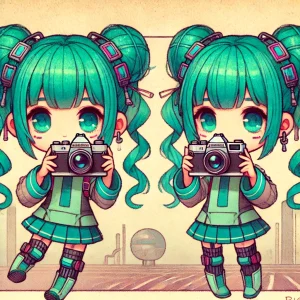
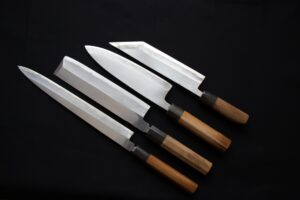


Comments